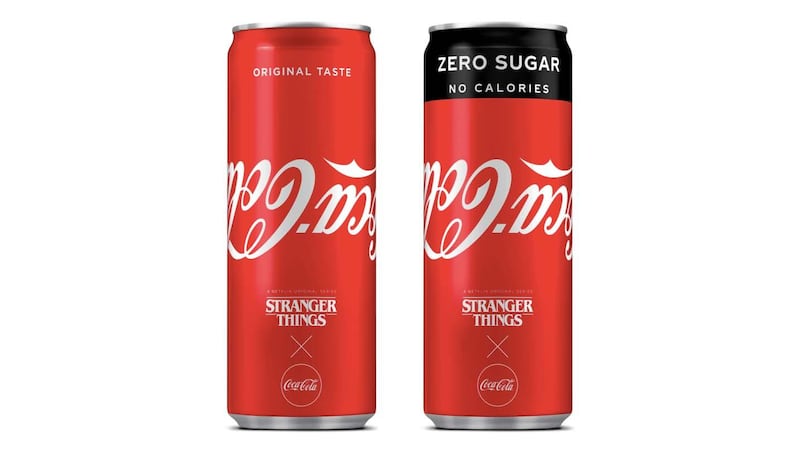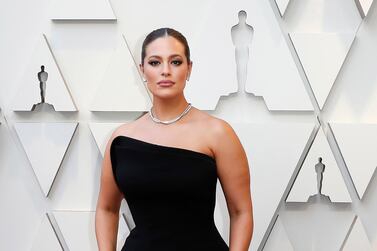Coca-Cola. The fizzy, sugar-laden drink is part of the third-richest food and beverage company in the world, after Pepsi and Nestle. The beverage was invented in 1886 by John Pemberton in Atlanta in response to America’s newly introduced prohibition laws. Similar drinks already existed, but Pemberton hoped to cash in on the demand for alcohol-free “tonics”. His final recipe is unknown (the original was kept in a bank vault for 86 years), while what exactly constitutes its “natural flavourings” remains a closely guarded secret to this day. The name, however, almost certainly refers to two original ingredients: coca leaves and kola nuts (which contain caffeine). Despite one early recipe calling for five ounces of coca leaves per gallon of syrup, these were removed in 1903.
Although sold at pharmacies amid claims that it cured addiction, indigestion, headaches and nerve disorders, the drink was only moderately successful, selling just nine servings a day (now it sells 1.8 billion every 24 hours). In 1888, Pemberton had to sell a third of the company to businessman Asa G Candler, who promptly came up with the idea of bottling the drink, and distributing it far and wide (the price of a bottle then remained fixed at five cents until 1959).
With a network of more than 1,000 bottling plants, Candler soon realised he needed a distinctive bottle, and in 1915 launched a competition for “a bottle that a person could recognise even if they felt it in the dark”. The winner was Earl Dean, who created the famous curvaceous shape. By 1919, the company was worth $25 million (Dh91.8m), and was commonly referred to as Coke (a name trademarked in 1949).
Coca-Cola has always been made as a syrup and distributed to bottling plants, which then add carbonated water and sweeteners (usually high fructose corn syrup). A typical can contains a whopping 38 grams of sugar. In 1982, a diet version was launched, followed a year later by one that was caffeine-free. In April 1985 (the same year in which Stranger Things season 3 is set), Coca-Cola was relaunched to much fanfare with a reworked recipe and name: New Coke (as seen in the Netflix show).
Unfortunately, consumers hated it and the company was forced to reinstate the original just three months later. Since then, there have been other variations, including Cherry Coke, Vanilla Coke and Golden Coca-Cola to mark the Beijing Olympics in 2001, while Coca-Cola Energy, laced with extra caffeine, launched in the UK this year.
Many urban myths are linked to Coca-Cola, including its ability to dissolve a tooth left in a glass overnight and that it invented the round, jovial and generous red-and-white clad figure of Santa Claus in the 1930s. The drink will, however, dissolve a penny (but it will take years), while the story about the Coca-Cola logo being invented by the company's bookkeeper is also fact. Frank M Robinson was Pemberton's partner, and wrote the flowing, cursive script (in Spencerian font) that is used on the label to this day.
That same elegant lettering has been used several times in fashion collections. Ashish traced it across gleaming sequin vest tops and bags in spring / summer 2014; and Spanish high-street store Desigual stencilled it across the back of a leather jacket for autumn / winter 2018. Even the late, great Karl Lagerfeld was enticed to collaborate, when in 2011, he designed three limited-edition aluminium bottles for Diet Coke – a drink he supposedly guzzled 10 of a day.






